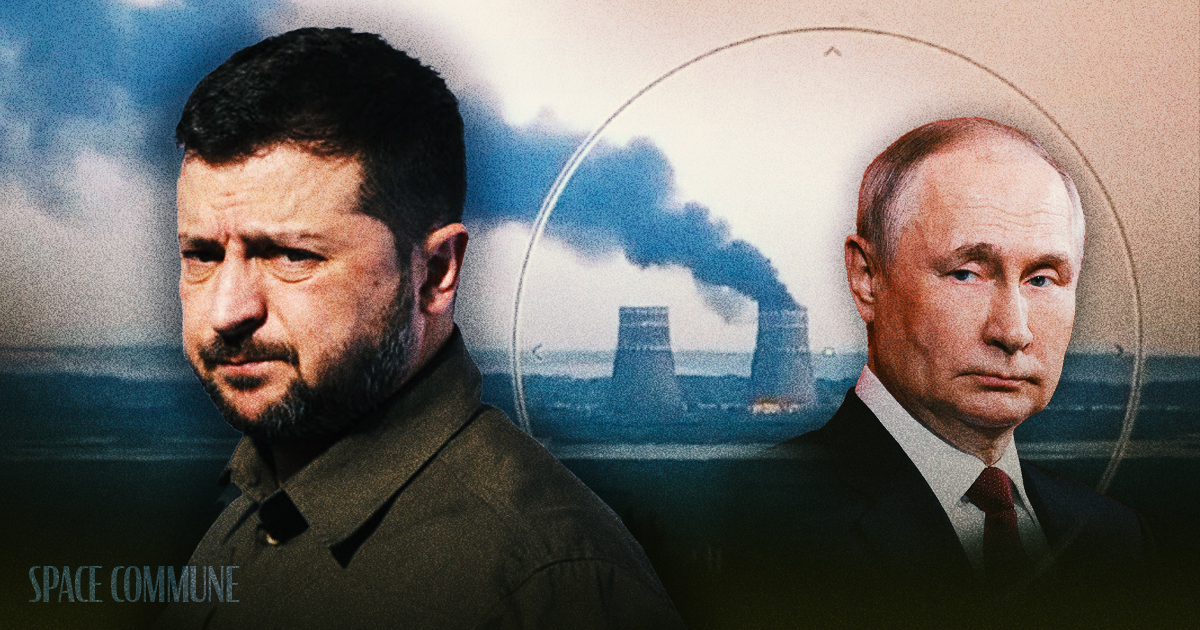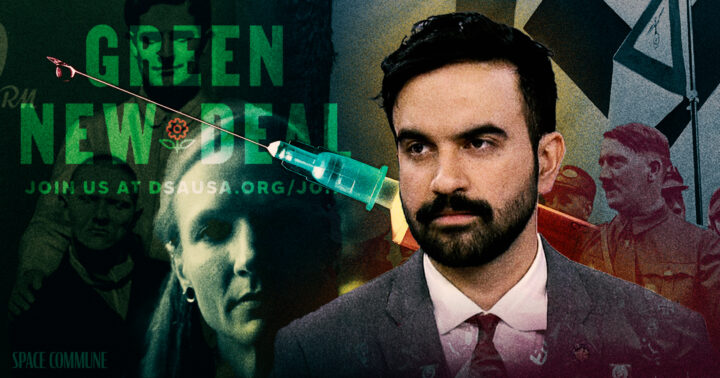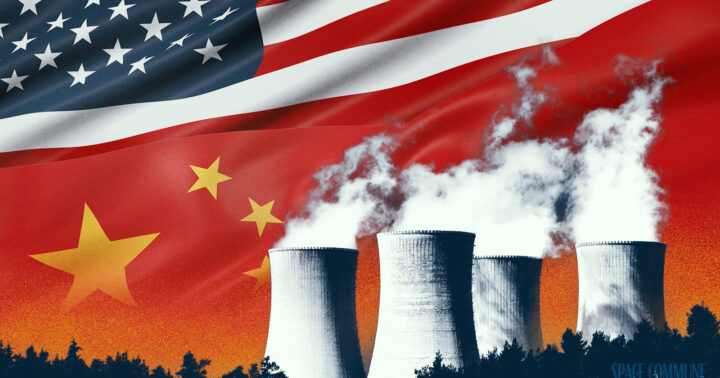Late on Sunday night in Kiev, Ukrainian President Volodymyr Zelenskyy published a disturbing post on X, written in the eerie glow of the Zaporizhzhia Nuclear Power Plant, that was the latest surreal strike in the war between Russia and Ukraine:
Enerhodar. We have recorded from Nikopol that the Russian occupiers have started a fire on the territory of the Zaporizhzhia Nuclear Power Plant.
Currently, radiation levels are within norm. However, as long as the Russian terrorists maintain control over the nuclear plant, the situation is not and cannot be normal.
Since the first day of its seizure, Russia has been using the Zaporizhzhia NPP only to blackmail Ukraine, all of Europe, and the world.
We are waiting for the world to react, waiting for the IAEA to react. Russia must be held accountable for this. Only Ukrainian control over the Zaporizhzhia NPP can guarantee a return to normalcy and complete safety.
Nobody in the world wants to see black smoke pouring from a nuclear reactor, especially when it’s located in Ukraine, the site of the infamous Chernobyl explosion. It’s a vision that chills the soul, and it received up to 10 or 20 times more impressions than any of Zelenskyy’s recent posts.
But the operator of the nuclear plant, aligned with Russia’s state-owned nuclear power corporation Rosatom, had a different explanation for the fire: a reckless Ukrainian drone strike:
The infrastructure of the Zaporizhzhia Nuclear Power Plant has sustained serious damage for the first time since the start of the ongoing shelling and attacks by Ukrainian forces, ZNPP Director of Communications Yevgenia Yashina said on Sunday.
“The infrastructure of the Zaporizhzhia Nuclear Power Plant has for the first time suffered serious damage as a result of a strike by the Armed Forces of Ukraine,” Yashina was quoted by Russia’s TASS News Agency as saying.
She added that the Ukrainian forces carried out the attack using a kamikaze drone. Despite the damage and subsequent fire at the cooling system facilities, Yashina said that the plant’s operations have not been affected.
“The cooling tower is used for cooling, but currently, the reactor units are shut down, so the tower is not in use. The sprinkler pools are sufficient for cooling at this time,” she said.
A cooling tower smolders, its ghostly image rising like a beacon of confusion and fear. Who lit the fire? Whose hand guides the narrative in this shadow play where truth is elusive, and every claim is cloaked in uncertainty? Who is sending the message? Who stands to benefit? And why are they sending this message now?
Ukraine’s Desperate Push for Attention
The Western appetite for unconditionally and indefinitely supporting Ukraine is waning, and in the U.S. presidential elections, Ukraine has taken a distant backseat to saber-rattling and dealmaking over China and Taiwan, Israel and Palestine.
Ukraine’s desperation to regain the world’s attention has grown palpable. According to Google Trends data, American interest in Ukraine stalled and declined steadily for two years, a troubling trend when the U.S. is their biggest supporter. At some point, a lack of popular support will lead to a loss of funding and a change in leadership.
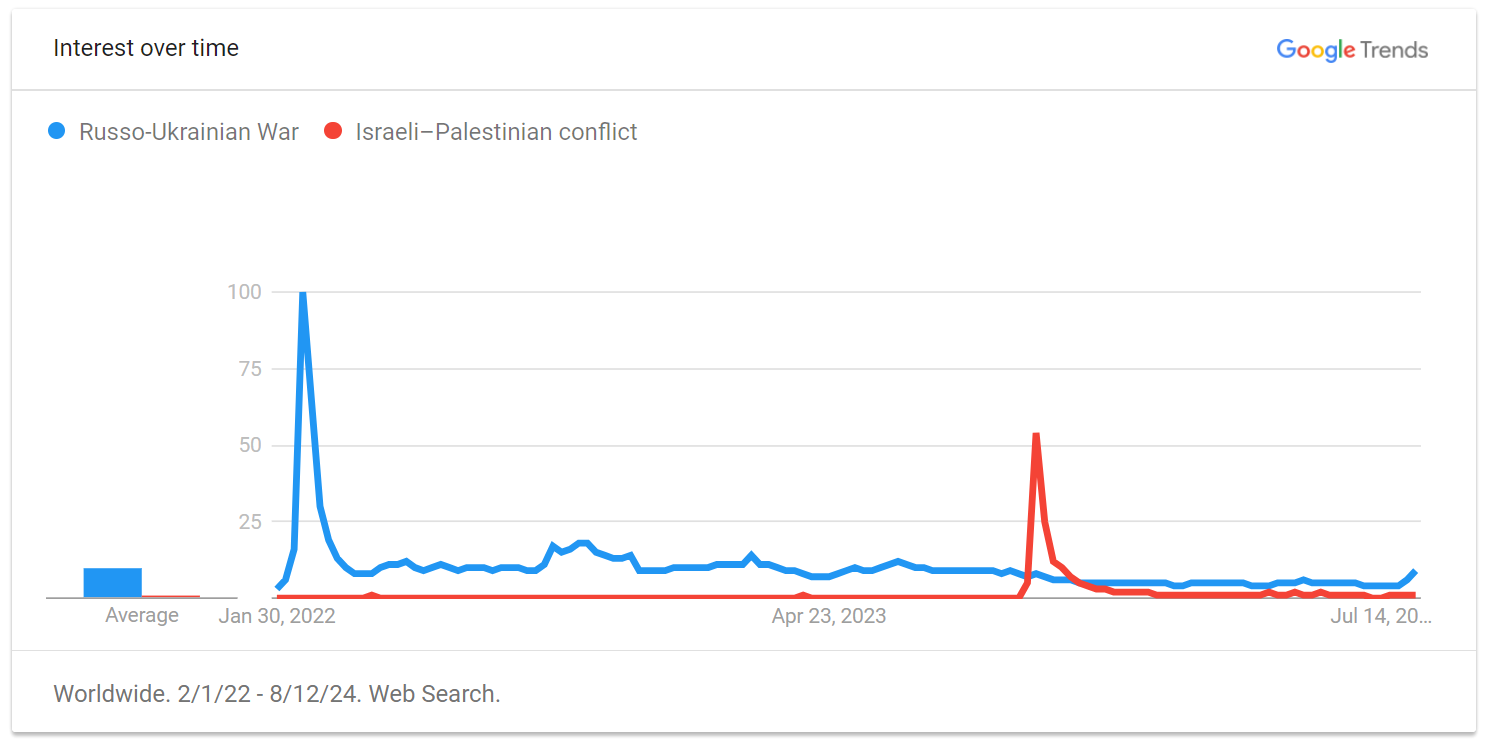
In the last week, something big changed: the tatters of Ukraine’s army made a bizarre push into Russia’s Kursk region. While the initiative will almost certainly peter out on a tactical basis, it did achieve something that Ukraine has utterly failed at to this point: it regained the attention of the American public far more than any of Zelenskyy’s attempts to rally Congress or the Oscars with gravelly speeches.
For a country desperately seeking military legitimacy for further financial support and eventual admittance into NATO, the Kursk adventure has been a massive shot in the arm.
According to the Google Trends chart above, Americans now are searching for information about the Ukrainian conflict three times more than they were just a few weeks ago, perhaps the biggest jump in interest since the Special Military Operation began over two years ago.
We all know attention is fleeting, and as the “Kursk bump” dies down, Ukraine is seeking its next big source of attention. Just a few years ago, the Zaporizhzhia nuclear plant catching fire could’ve been a black swan event that galvanized support for Ukraine.
But the narratives around Russia, Ukraine and nuclear energy have evolved rapidly.
Three Competing Narratives
Ukraine is claiming that the fire is the result of a madman, Vladimir Putin, risking a nuclear meltdown to distract the world from Russia’s losses in Kursk. Russia is claiming that the fire is the result of continued Ukrainian drone strikes, and a sign that Ukraine is desperate and running out of options.
To find the truth, let’s look into if any of the following narratives hold water:
Pro-Ukraine, Anti-Nuclear Power
The West has been barraged by anti-nuclear power narratives since the 1970s, including the overblown “meltdown” at Three Mile Island. This has resulted in a complete mothballing of Western nuclear power expansion, where development was once seen as a tool for raising living standards and lasting peace.
Today, it’s Russia and China building the vast majority of new nuclear capacity, and bringing the developing world along with them, while Western countries have spent decades deindustrializing themselves and blocking development in other nations.
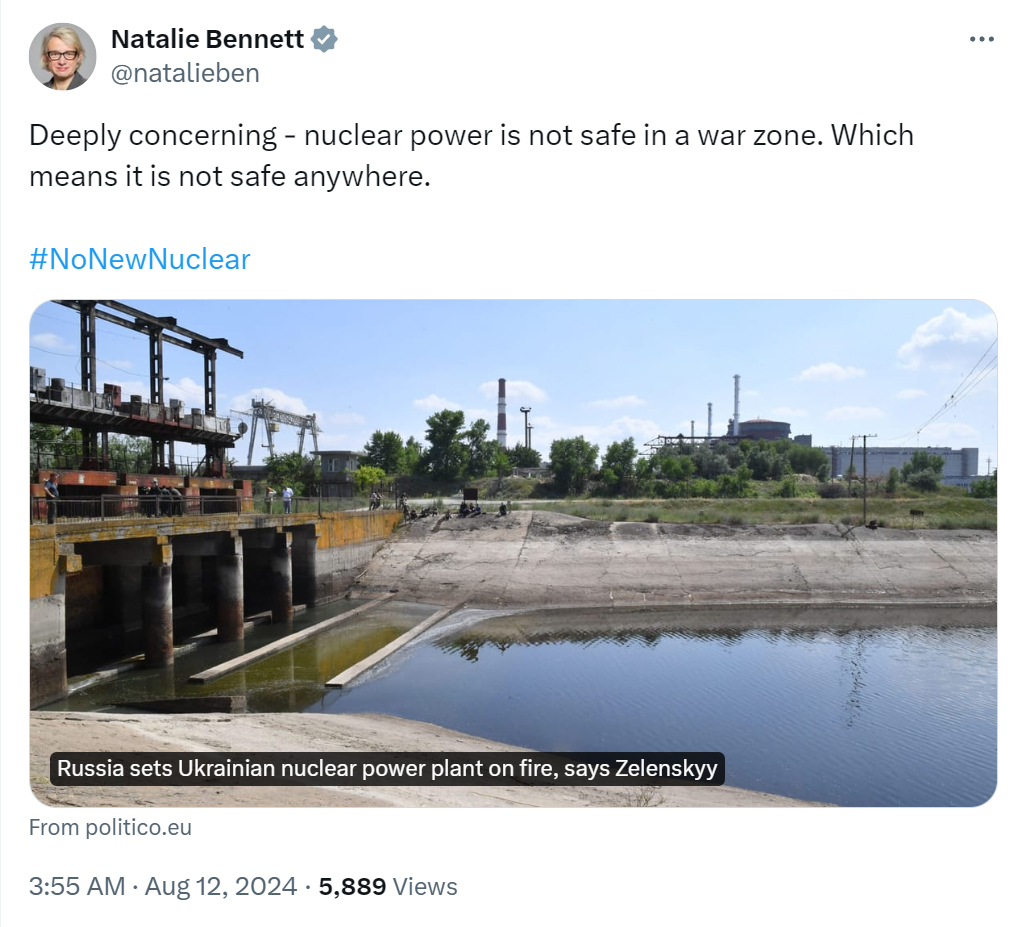
Being against nuclear power in the West is usually fused with some kind of blind NATO boosterism, where part of the impetus for defeating Russia is stripping them of their nuclear power capabilities. This is best seen in Europe’s various Green Parties and many Western-funded NGOs, most notably Ecodefense, which blocked South Africa’s efforts to develop nuclear power in favor of renewables and “load-shedding.”
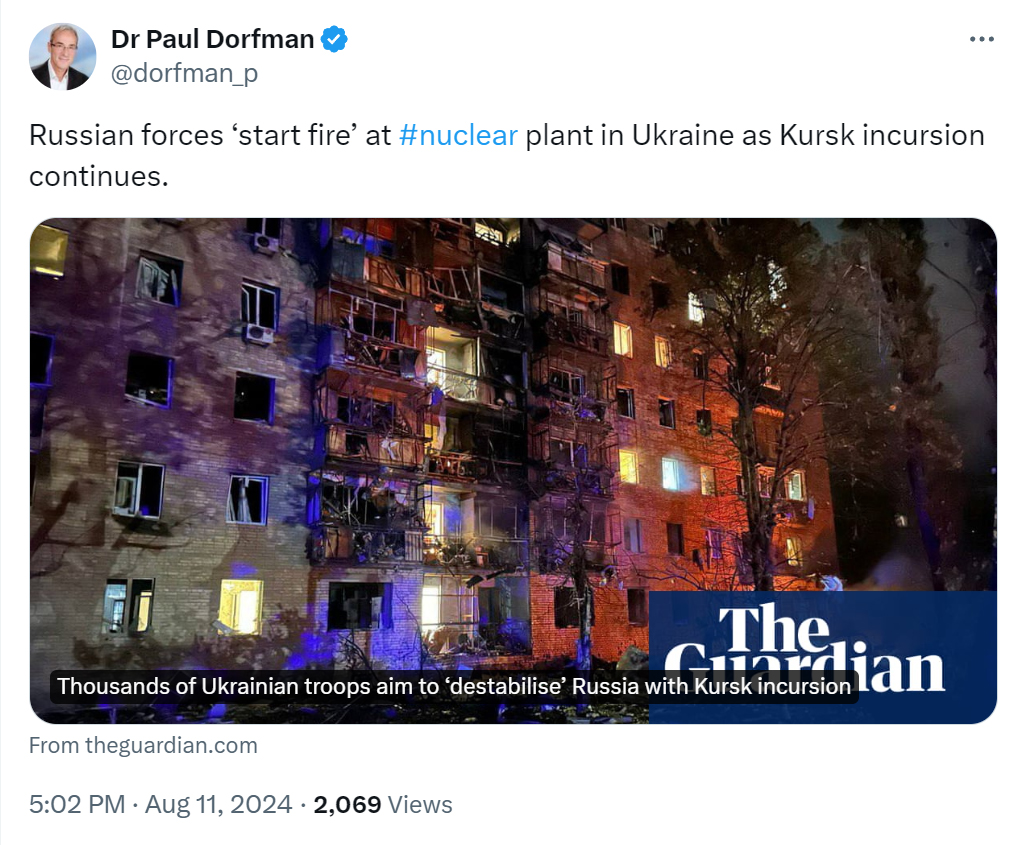
As I wrote in a recent piece, this group is like a mouse pressing a button for cheese; whenever there’s scary news about nuclear energy, they’re ready to say that we need degrow humanity into a 100% renewable future. What’s left unsaid is that they want the West to use its military and economic might to prevent the rest of the world from developing its own nuclear and hydrocarbon capacity.

But the button doesn’t work anymore.
These people are being marginalized by the existence of the next narrative:
Anti-Russia, Pro-Nuclear Power: NATO Eco-Modernism
This narrative has been extensively covered by us in previous articles. It barely existed before multipolarity and dedollarization became real emergent developments in 2022.
It basically says that in order to fully defeat Putin, Xi and the BRICS+ nations, the West needs to break the emergency glass covering its nuclear capabilities. Nuclear power will power the AI data centers, crypto mining operations, microchip factories and military facilities that will help the Western economy dominate the future against the BRICS.
This is epitomized by the G7’s pledge at COP28 to triple the amount of nuclear energy in the world by 2050. Hilariously, this pledge did not involve China and Russia, the two countries that have actually been building nuclear energy in the last 40 years. They were emphasizing Silicon Valley hopefuls like Terrapower, the Bill Gates-backed Small Modular Reactor entry into the nuclear market.
In this narrative, nuclear power is good because it’s emissionless, and while Russia and China have the most advanced nuclear power programs in the world, they’re bad, because they’re authoritarian. In this narrative, Putin is doing a polluting tire fire at Zaporizhia because he wants to distract the world from Ukraine’s successful Kursk campaign, and Russia should collapse any day now. It’s
Two examples of NATO eco-modernism:
“Russia’s ongoing assault on Ukraine is a problem… nuclear power saves lives.”
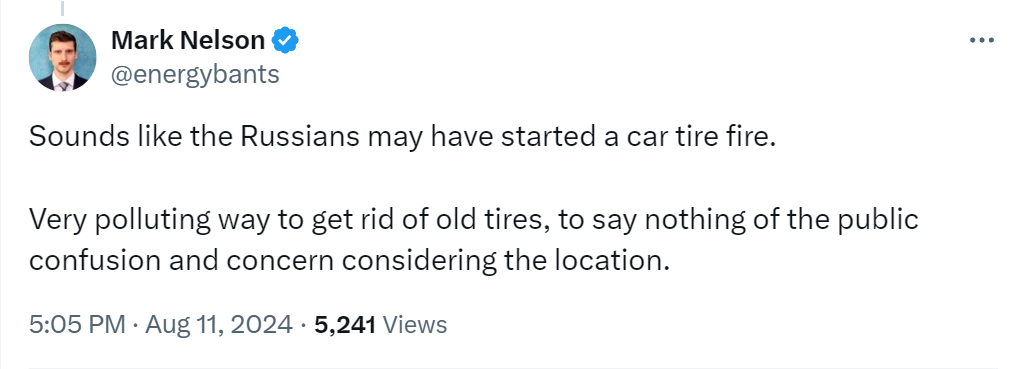
Russia’s Nuclear Reality
A major part of Russia’s economy is built on the nuclear power industry. 20% of their electricity comes from nuclear energy, and they own 46% of the global enriched uranium fuel supply chain. It would be suicidal for Russia to stage some kind of Chernobyl 2.0 event. Why would they damage a reactor that will be critical for their efforts to rebuild the Donbass region, in territory that they’ve committed to holding?
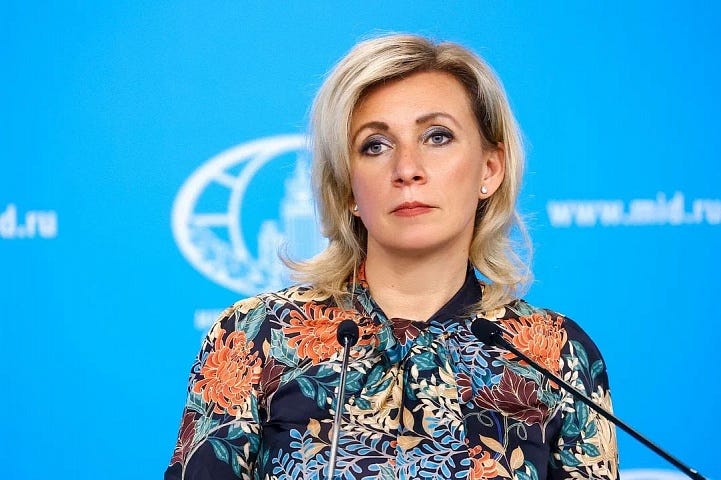
The International Atomic Energy Agency, which has been dispatched to monitor the situation at Zaporizhzhia, reported that explosions were heard on site at the time of the reported drone strike. When given access to the cooling tower, they found “no significant signs of disturbance of the debris, ash or soot located at the base of the cooling tower.” They didn’t find any piles of tires that Russians were allegedly burning.
In April, the IAEA confirmed that there were drone strikes against the plant. In June, the IAEA’s Director-General said drone usage against the plant and its vicinity “is becoming increasingly more frequent” and “must stop… [it] runs counter to the safety pillars and concrete principles, which have been accepted unanimously,” after Ukranian drone strikes cut power to a nearby town where many plant works live.
Ukraine is already believed to be pursuing an encirclement of the massive Kursk Nuclear Power Plant in their new offensive, with unconfirmed reports of intercepted missile attacks aimed directly at the plant. If they keep pushing in this direction, we should expect another round of nuclear chicken, except this time with Kursk’s two RBMK-style reactors, the same model that was used in Chernobyl.
Did you know Space Commune is now on Telegram? Join our channel and never miss an update!
Atoms for Peace vs. Atoms for Fear
Once upon a time, in his famous “Atoms for Peace” speech, President Dwight Eisenhower challenged the USSR to use nuclear technology for peaceful global development rather than as a tool of fear and destruction.
Today, as we reflect on the events at Zaporizhzhia and Kursk, we can see that the tables have turned. It is Russia (and its ally China) that are using nuclear energy as a building block for diplomacy and global growth, while the G7 nations use it as a tool of fear, with the viral and hysterical coverage of Zaporizhzhia serving as a stark example.
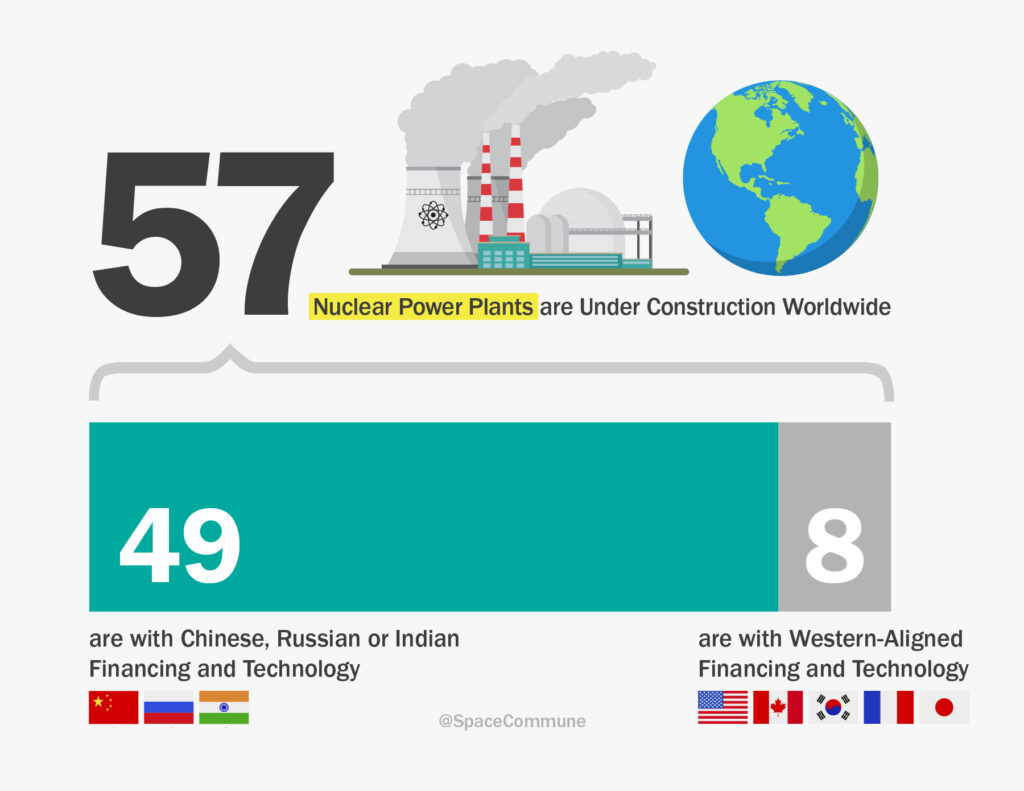
As Ukraine seeks ever-expanding funding and permission to use Western-supplied missiles on strikes within Russia, the international response is crucial. Will we keep enabling Ukraine to take bigger and bigger risks as the death toll rises? Will the conflict escalate from inflicting cosmetic harm on nuclear power plants, to actual nuclear war?
Or will our leaders push for a formal international agreement that restores peace and trust between Russia, Ukraine and the rest of the world? The stakes could not be higher.
